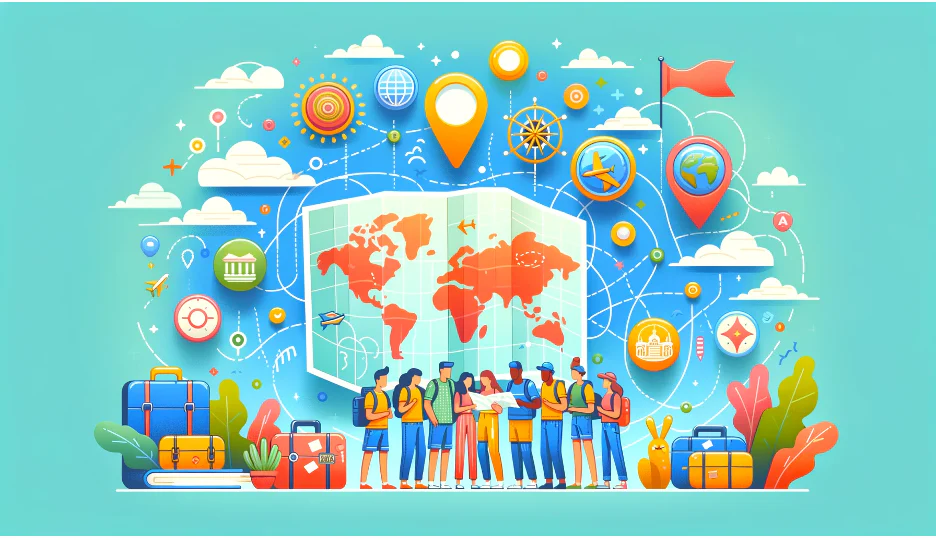As the world steps boldly into 2025, the way we travel has undergone a seismic shift. Gone are the days when planning a trip meant endless hours of browsing through websites, comparing flights, and cross-checking hotel reviews. Today, technology and sustainability have united to craft a new era of exploration, one where artificial intelligence and green innovation are at the forefront of the travel experience.
Imagine having a personal AI travel companion that knows you better than you know yourself. These digital assistants are not only capable of curating your dream itinerary but also constantly learning your preferences. Love hidden beaches and local food markets? Your AI assistant will find those gems for you. Prefer less crowded destinations? It will suggest off-the-beaten-path locations and recommend the best times to visit. This level of personalization ensures that every trip feels uniquely tailored, making cookie-cutter vacations a thing of the past.
Sustainability has become the cornerstone of this transformation. Solar-powered airplanes and hydrogen-fueled cruise ships have moved from prototypes to mainstream modes of transport. Carbon-neutral hotels are the new norm, featuring energy-efficient designs and offering eco-friendly amenities such as biodegradable toiletries and plant-based dining options. Travelers can now earn eco-credits by choosing green modes of transport or participating in local conservation programs—credits that can be redeemed for discounts or exclusive experiences.
Urban tourism has also experienced a high-tech makeover. In 2025, smart cities welcome travelers with augmented reality (AR) guides that transform sightseeing into an immersive adventure. Picture strolling through the Colosseum in Rome, wearing lightweight AR glasses that project holograms of gladiators and ancient spectators, recreating the arena’s former glory. Historical context, audio guides, and even interactive activities are seamlessly integrated into your journey, eliminating the need for bulky guidebooks or physical brochures.
Even rural and wilderness tourism has embraced innovation. National parks now use AI to monitor foot traffic and preserve fragile ecosystems, while offering personalized route suggestions for visitors. Trails equipped with solar-powered charging stations ensure adventurers can stay connected while treading lightly.
This new age of travel is more than just a logistical revolution; it’s a cultural shift. People are not only exploring more responsibly but also forging deeper connections with the places they visit. As AI and sustainability continue to shape the industry, the question isn’t just “where will you go next?” but also “how will you go there?” The journey itself has become as meaningful as the destination.

Leave a Reply